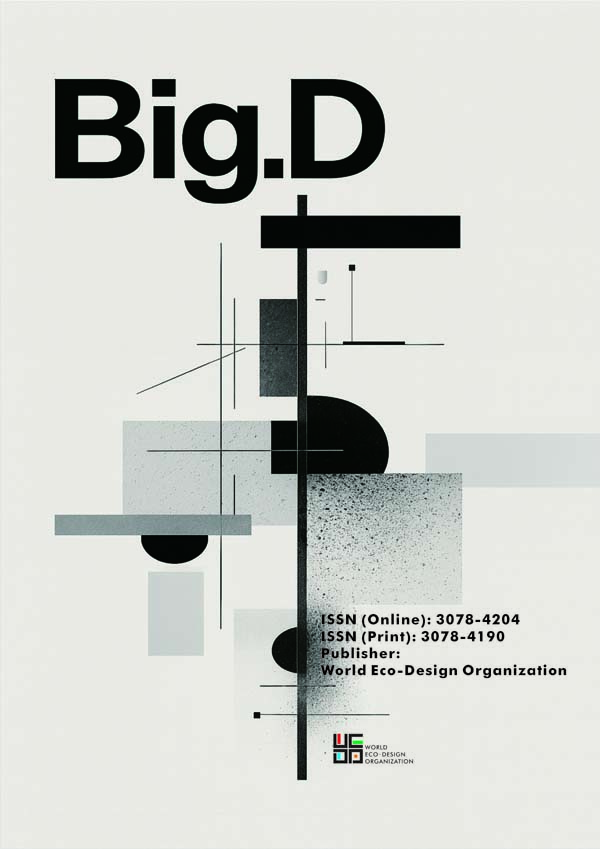Collaborative and Iterative Business Design Research
Abstract
This study focuses on the innovation of sustainable circular business models for enterprises, addressing the low implementation rate and the insufficiency of design thinking in its application, especially in terms of time efficiency and limitations in digital environments. To this end, the study employs Action Design Research (ADR) methodology, integrating the strengths of design science research and action research, to develop a framework named "Circular Sprint." Through multiple iterations of development and refinement, combining literature review, expert feedback, and data from six workshops, a tool for developing circular business models suitable for digital and efficient environments was ultimately formed. The experimental part compares the experimental group with the control group, using a combination of quantitative and qualitative data analysis methods to comprehensively evaluate the effectiveness of the framework. The results show that the "Circular Sprint" framework significantly enhances the performance of teams in developing circular business models, particularly in integrating multiple stakeholders, incorporating sustainability, and time efficiency, with the experimental group outperforming the control group. Moreover, the activities within the framework effectively support innovators in maintaining efficiency and creativity in time-limited digital collaborative environments. The contribution of this study lies in developing an operable tool adapted to digital environments, providing support for enterprises to innovate in circular business models in highly dynamic settings. By integrating design thinking with circular economy concepts and iterative optimization, it not only enriches the theoretical framework of circular business model innovation but also offers practical guidelines for business practitioners, educators, and policymakers. It extends the application of design thinking at the business model level and provides new ideas for embedding sustainability and circularity, filling the gaps in existing literature.






